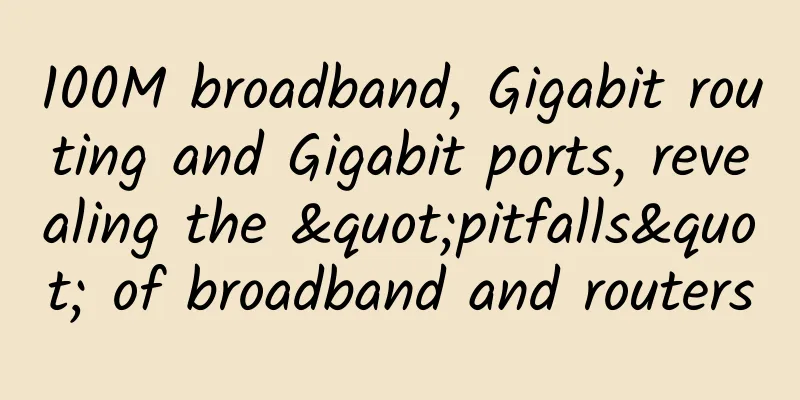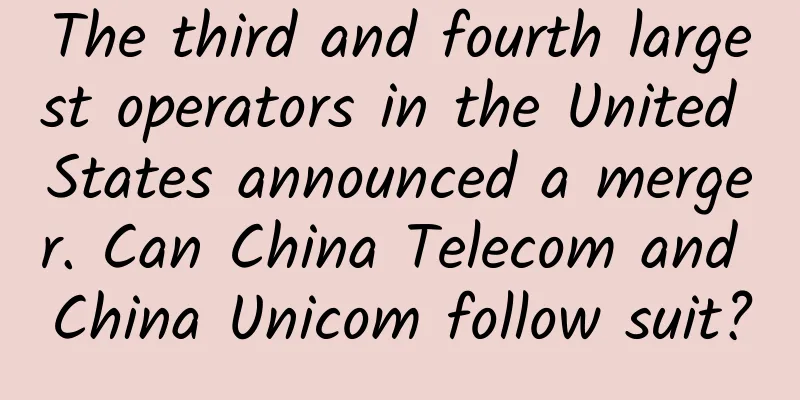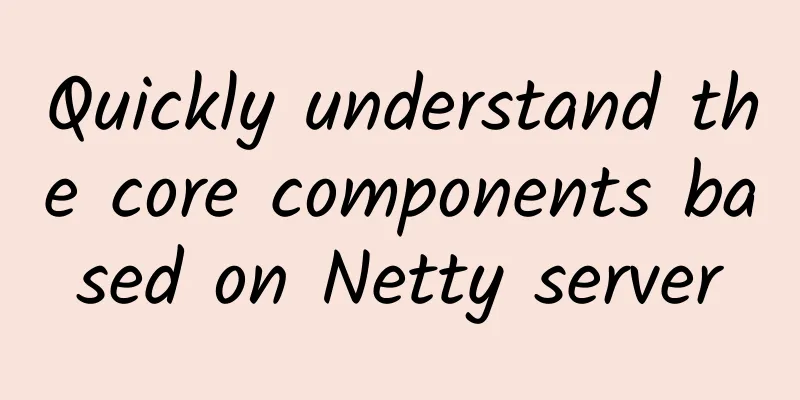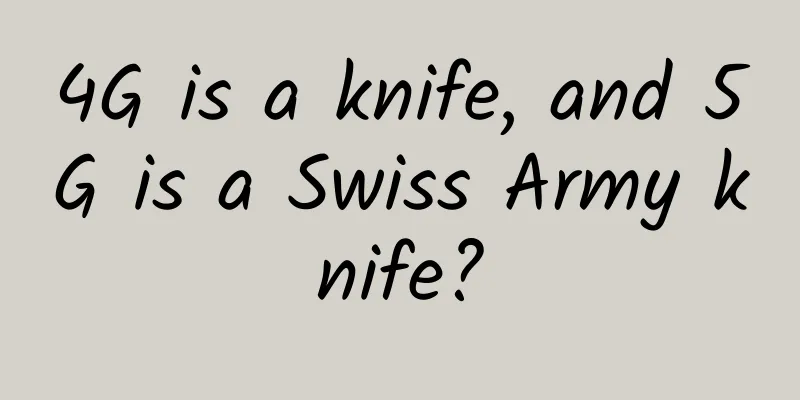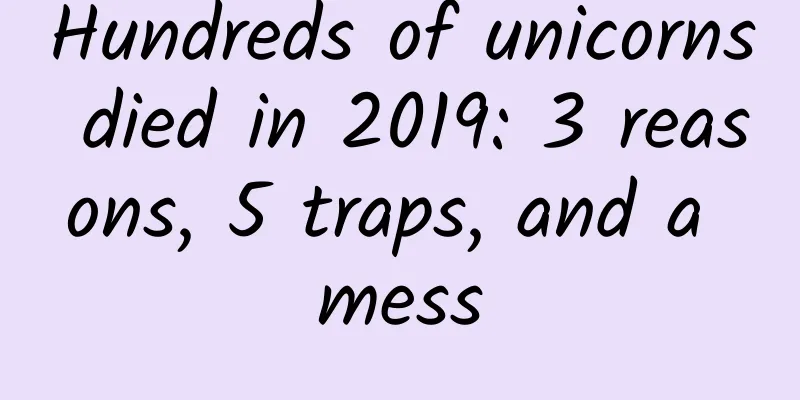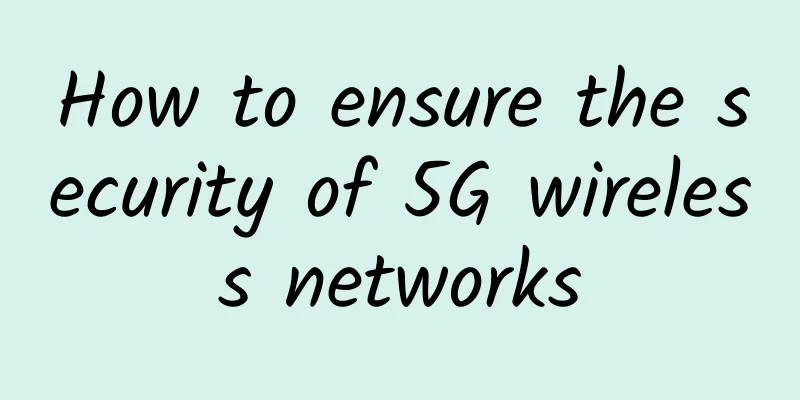Interviewer: Can you tell me why TCP needs three handshakes and four waves?
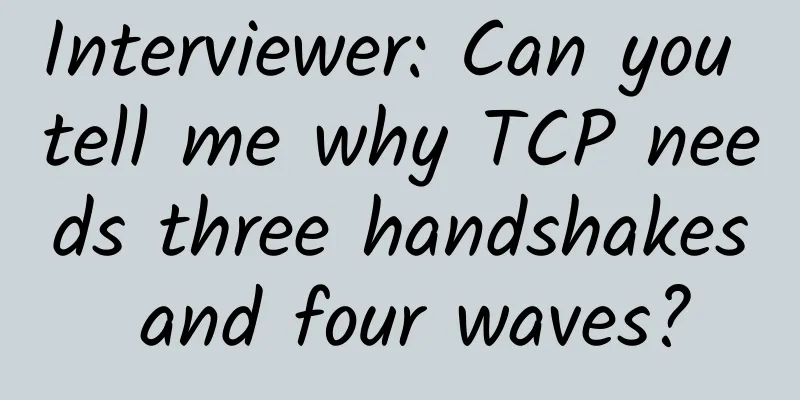
|
The TCP protocol is a connection-oriented, reliable, byte stream-based transport layer communication protocol. TCP is a full-duplex mode that requires three handshakes to establish a connection and four handshakes to close the connection. Three-way handshakeThree-way handshake means that when establishing a TCP connection, the client and server need to send a total of three messages. The purpose of the three-way handshake is to connect to the server's designated port, establish a TCP connection, synchronize the sequence numbers and confirmation numbers of both parties, and exchange TCP window size information. In socket programming, when the client executes connect(), a three-way handshake will be triggered. The three-way handshake process is as follows: picture At the beginning, both the client and the server are in the CLOSED state, and then the server process is in the LISTEN state, waiting for the client's connection request.
Why is a three-way handshake needed instead of a two-way handshake? The purpose of the three-way handshake is to prevent an invalid connection request from being suddenly sent to the server, causing an error. Assume that a two-way handshake is used to establish a connection. The client sends a connection request to the server for the first time. Due to network delay, it has not reached the server. So the client sends a connection request to the server again. After receiving the connection request, the server replies to the client to confirm and establish the connection. However, the network delay is restored at this time, and the server receives the connection request sent by the client for the first time. The server believes that the client has initiated a connection again, replies to confirm again, and another connection is established. The server thinks there are two connections, while the client thinks there is one connection, resulting in inconsistent data status. As for why the four-way handshake is not used like disconnection, it is because the server combines the connection confirmation request and the connection establishment request sent to the client into one request and sends it to the client. Four wavesFour waves means that when a TCP connection is disconnected, the client and server need to send a total of 4 messages to confirm the disconnection of the connection. The process of four waves is as follows: picture
Why do we need to wave four times?Since the TCP connection is full-duplex, that is, data can flow in both directions, each direction must be closed separately. Closing the connection in one direction requires one request and one confirmation, which ultimately requires four requests. Why can't it be three times? Can't the second and third times be combined into one like establishing a connection? Because in the second request, the server sends a confirmation to the client to close the connection. At this time, the server may have some data that has not been transmitted yet and needs to continue sending data to the client. It cannot be merged with the connection closing request sent by the server to the client, so it needs to be split into two connection requests. |
<<: How to ensure the secure integration of IT and OT
>>: Understand 5G-A multi-frequency coordination—“3CC” in one minute
Recommend
[Black Friday] Friendhosting 40% off, 13 data center VPS monthly payment starts from 1.8 euros
Friendhosting released this year's Black Frid...
How is the ETag value in the HTTP response header generated?
The generation of etag needs to meet several cond...
How much do you know about the legendary network speed limit?
1. Recently, many people have said that the unlim...
How much does it cost to build a 5G base station?
Since the official announcement of commercial use...
Global 6G market expected to reach $20 billion by 2028
In the dynamic world of telecommunications, the a...
Wi-Fi vs. Ethernet: How Better Is a Wired Connection?
Wi-Fi is obviously more convenient than wired Eth...
A detailed explanation of Brotli algorithm to save CDN traffic
In the early years, when I was a student, I often...
RAKsmart: Dedicated servers starting at $46/month, E5+32G bare metal cloud starting at $69/month
RAKsmart is a foreign hosting company operated by...
The next generation of Internet communication networks is about to be deployed. Is IPv6 security protection ready?
Recently, the General Office of the Communist Par...
Five factors to consider for dedicated 5G in smart warehousing
Following the recent release of a white paper by ...
The 5G infrastructure market will reach $496.6 billion in 2027, with a CAGR of 106.4%.
According to a new study released by market resea...
The pain of 5G indoor distribution! One million devices face replacement and transformation
Indoor coverage is the new battlefield for 5G. Mo...
“Number Portability” is launched nationwide! Who will be the next “pain point” to be solved?
The national "number portability" servi...
Comparative analysis of three types of CDN vendors: Technologically innovative ones lead the way
Preface: With the explosion of live video, the ri...
Manually sending packets only handshakes twice, I discovered the secret of TCP
[[399328]] Planet Questions There are at least 9,...
